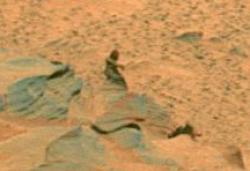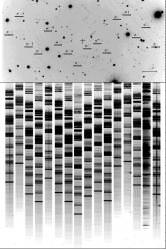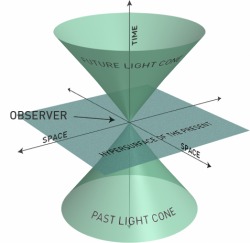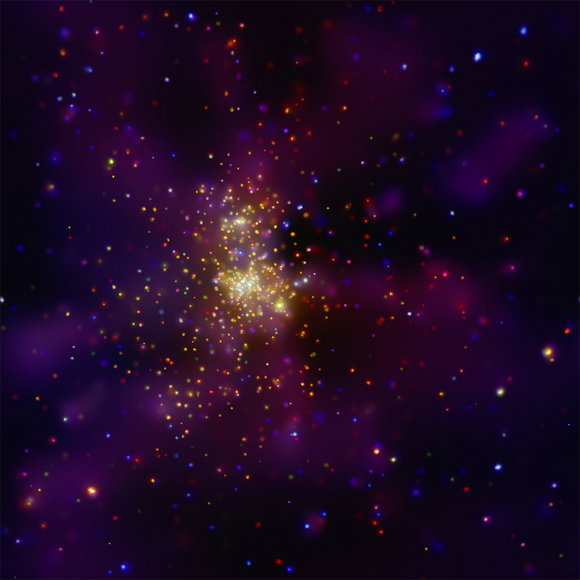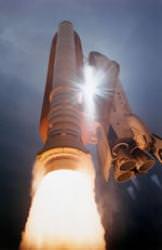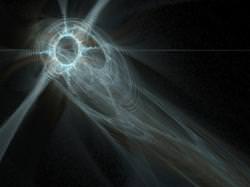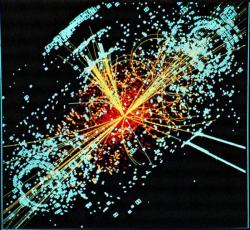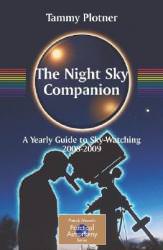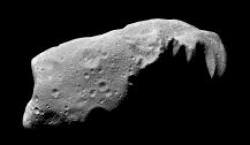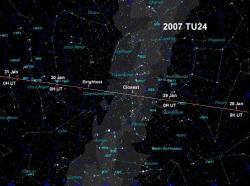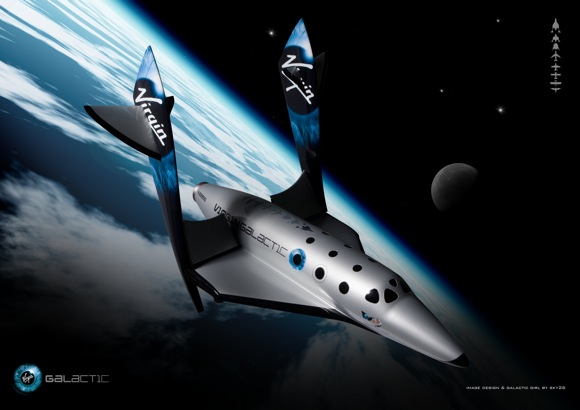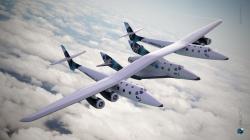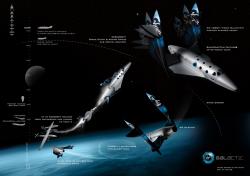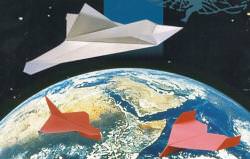A NASA survey of astronauts and flight surgeons released on January 23, 2008 turned up no evidence of launch day drinking by flight crews, contradicting an earlier report by a health care panel that disclosed two instances of drunken astronauts. NASA surveyed 87 of all 98 astronauts as well as all 31 flight surgeons. None reported seeing a crew member heavily drinking alcohol on launch day, or within 12 hours of liftoff.
However, the anonymous survey did find one report of “perceived impairment” in an astronaut during the days preceding launch, which was later was traced to an interaction between prescription medication and alcohol. That astronaut was ultimately cleared for flight and launched into space.
“We really never understood from the beginning exactly what might have led to the comment in the health care report,” said Ellen Ochoa, deputy director of Johnson Space Center and a former shuttle astronaut. “We’ve tried to run it to ground. We haven’t uncovered anything. I don’t know of any issues associated with alcohol before flight.”
The healthcare report was conducted in mid-2007 in the wake of astronaut Lisa Nowak’s arrest. Nowak, who traveled from Houston to Florida to confront another woman about a romantic rivalry involving another astronaut, was arrested for attempted kidnapping and burglary with assault. She has yet to stand trial.
NASA established a panel of aerospace medicine experts, led by U.S. Air Force Col. Richard Bachmann, Jr., to look into astronaut mental health. The panel, citing unidentified sources, reported heavy drinking by two astronauts right before launches; one before a shuttle launch and another prior to the launch of a Russian Soyuz rocket. The panel reported that the flight surgeon’s concerns about the astronauts’ impairment were supposedly overruled by management, which created an atmosphere where both astronauts and flight surgeons were reluctant to report improper conduct.
In the new survey, however, conducted in August-December 2007, astronauts and flight surgeons indicated they were not afraid to raise concerns of flight safety, and they felt there is a healthy relationship between astronauts and doctors. But a small number of respondents acknowledged that some astronauts still feel they could lose out on a space assignment if they expressed concerns.
The astronaut survey was conducted and analyzed using both NASA specialists and external academic experts to ensure the study’s validity. “The response rate of the survey was 91 percent, a rate well above what you would normally expect in a survey,” Ochoa said. “That indicates the seriousness with which astronauts and flight surgeons approached this survey.”
The survey focused four areas: the relationship between astronauts and flight surgeons regarding openness of communication, level of trust, and understanding of safety responsibilities; concerns with raising and responding to issues of flight safety and/or crew suitability for flight; knowledge and implementation of policies and procedures detailing astronaut performance and crew assignment; and determining if there was personal knowledge of a US astronaut presenting a risk to flight safety due to alcohol use on launch day.
The 12-hour ban on drinking, which originally an “unwritten rule” is now standard policy. A new astronaut code of conduct is being written, as well.
Dr. Richard Williams, NASA’s chief health and medical officer said that NASA is in a better position today than it was a year ago to detect serious behavioral health problems facing astronauts, and to intervene before it’s too late.
Original News Source: NASA News Release
